Are you an avid baseball fan? Are you ever confused by the acronyms and terms associated with the game of baseball? One such acronym often used in discussions related to the sport is MVR. What exactly does it stand for, and what implications can it have on a team’s success or failure? In this blog post we’ll explore what MVR means in Baseball and how teams can use it to assess their performance and make better decisions moving forward. So let’s get started!
What Are Mound Visits in Baseball?
Mound visits, also known as pitcher-catcher conferences, are meetings between a coach or manager and the pitcher or catcher that take place on the mound. These meetings usually involve discussing strategy for getting out of a jam, making suggestions about which pitch to throw in a certain situation, or calming down an agitated player. They can also be used to give encouragement and offer support.
Mound visits are an integral part of baseball strategy and can be used to great effect if coaches and managers take advantage of them wisely. By taking the time to calmly talk things through with their players in challenging situations, coaches and managers can help keep their team focused on making the right decisions and coming out on top. Additionally, mound visits provide a chance for coaches to bond with their players, building trust and creating a more unified environment that will translate into better performance on the field.
In this way, mound visits can be extremely beneficial both during games and beyond. [1]
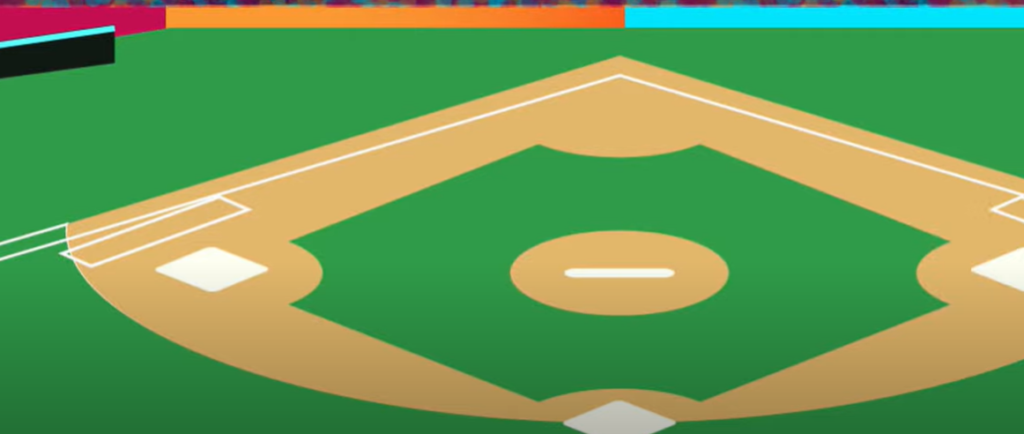
What Are the Exceptions to the Mound Visit Rule?
Mound visits are governed by Rule 8.06 of the Official Baseball Rules. Under this rule, an exception is made for pitching changes and injuries to a player or umpire. When either of these occur, the manager may come out to the mound without being charged with a visit.
Other exceptions include when a manager wishes to ask permission from an umpire to take out a pitcher or request a conference with his players (Rule 8.02). If a manager has already used up their allotted mound visits, they may be allowed one additional visit in extra innings if it is necessary in order for them to comply with the rules regarding changing pitchers (Official Baseball Rules).
Additionally, some Major League Baseball teams have adopted the Optional Mound Visit Allowance which allows for a manager to have one additional mound visit in each game. This rule is not mandatory for all teams, however, so it may vary between leagues and divisions.
The bottom line is that the exceptions to the Mound Visit Rule are few and far between with most visits counting against a team’s allotted number of visits per game. As such, it is important for managers to use their visits wisely in order to gain an advantage over their opponents.
Why Are Mound Visits Limited?
Mound visits are limited as part of Major League Baseball’s Pace of Play Initiatives. The goal is to speed up the game, reduce delays and keep the action rolling. Keeping mound visits under control allows for uninterrupted play on the field, which can help maintain a consistent pace throughout the game. Limiting mound visits also helps reduce wear and tear on pitchers, who may otherwise spend more time on the mound with extended conversations between pitching changes.
Oftentimes, too many conversations between pitcher and catcher can disrupt a pitcher’s rhythm and lead to ineffectiveness. Limiting mound visits ensures that pitchers remain focused during their outing without having too many external influences affecting their performance. Ultimately, limiting mound visits is about ensuring an enjoyable experience for both fans and players, while helping to maintain the competitive balance of the game.
By setting limits on mound visits and enforcing strict pacing standards, Major League Baseball is taking steps towards creating a more enjoyable experience for fans watching from home or in the stands. Longer games can lead to fewer viewers tuning in due to decreased interest levels as well as fatigue from sitting through nine innings or more. By keeping mound visits to a minimum, baseball is helping to make sure that games remain interesting and entertaining for everyone involved. [2]
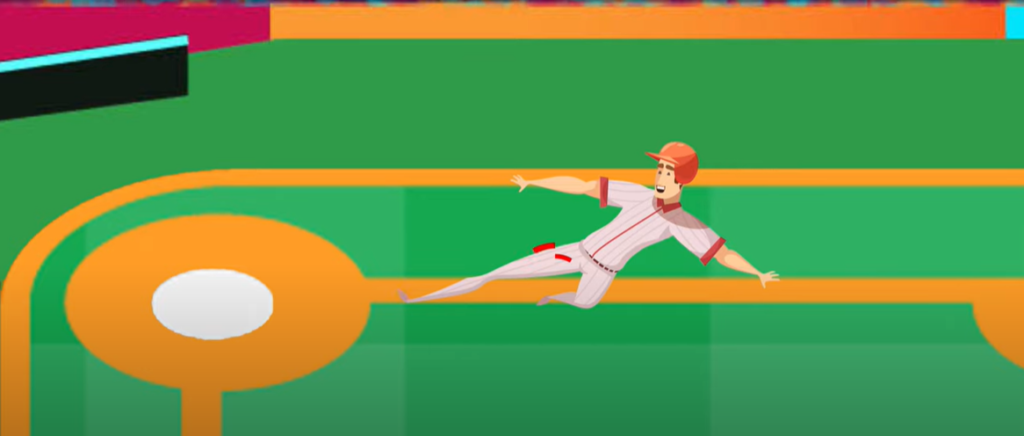
Could Players Meet During a Suspension of Play?
In the past, Major League Baseball suspended play for a variety of reasons including labor disputes or military service. During these suspensions, it was unclear whether players were allowed to gather and take part in MVR activities. Depending on the circumstances of the suspension, such as duration or reason for suspension, MLB may impose restrictions on player activities during this period.
If there is no formal ruling from MLB regarding player participation in MVR during a suspension of play, teams must follow their own internal guidelines to ensure players are not engaging in any activity that could be deemed as a violation of rules. It is important for teams to make sure their players adhere to all regulations when playing baseball-related games so that everyone can enjoy the game safely and fairly.
In addition, teams should also provide players with resources and support to help them navigate any potential MVR issues during a suspension of play. Teams may choose to consult league officials or other professionals to get advice on how best to address these matters. Players can also benefit from receiving educational materials about the game and its rules, which can help ensure that the player understands the importance of maintaining a level playing field. [3]
What Are the Consequences of a Player or Coach Attempting to Visit After the 5 Meeting Limit?
In baseball, the Maximum Visits Rule (MVR) dictates that no pitcher and catcher can have more than five meetings on the mound during a game. If either player or a coach attempts to visit with either the pitcher or catcher over the 5 meeting limit, it will result in an automatic ejection from the game for both involved parties.
Ultimately, the Maximum Visits Rule is intended to keep games running as smoothly and efficiently as possible. By limiting the number of meetings between pitchers and catchers, teams can ensure that the game moves along at a reasonable pace rather than having long delays due to extended mound visits. It is important for all players, coaches, and umpires alike to be aware of this rule and abide by it in order to maintain fairness and promote a speedy game of baseball.
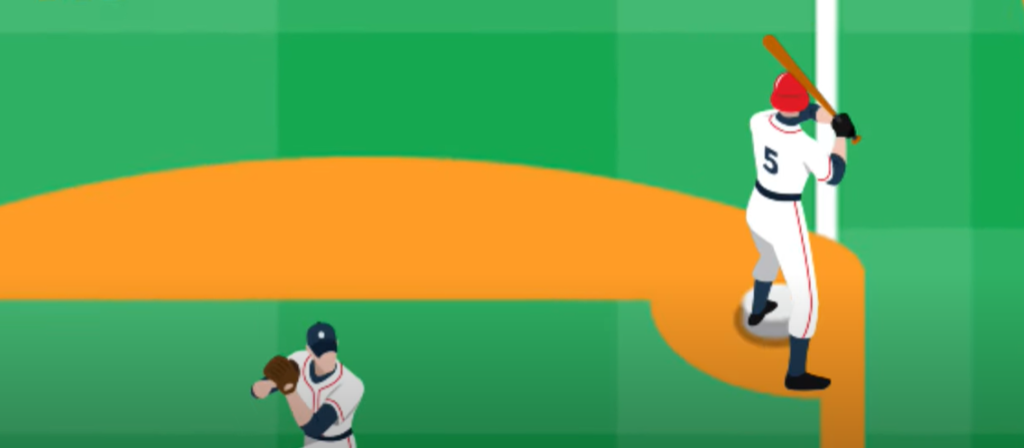
Where Did The MVR System Come From?
The MVR (Maximum Velocity Rating) system was first developed by the Major League Baseball Scouting Bureau in an effort to objectively measure a pitcher’s speed. The system was created to provide scouts and front office personnel with a more accurate and reliable tool to evaluate pitchers’ velocity. It uses radar gun readings as well as video analysis to quantify a pitcher’s velocity, giving evaluators more information on which to base their decisions.
The goal of this system is not only to provide a better evaluation tool, but also to help reduce the risk factors associated with injuries due to overworked pitching arms. By monitoring velocity through the use of MVR, teams can quickly identify when a pitcher may have been throwing too hard or too frequently, allowing them time for rest and recovery when necessary. This could potentially help reduce the amount of catastrophic injuries to pitchers, making the game safer and more enjoyable for everyone involved.
MVR has been widely adopted by teams across all levels of baseball, from Little League to Major League Baseball. As technology improves and data becomes more available, MVR is becoming an increasingly influential tool for scouts and front office personnel alike. Ultimately, its goal remains the same: providing a reliable method of evaluating pitcher velocity to ensure that players are performing at their peak potential without risking injury in the process. [4]
Why Is Knowing MVR Important?
MVR stands for Maximum Value Rating, which is a tool that allows baseball scouts to measure the potential of players. Knowing MVR can help scouts to better evaluate a player’s ability and potential value to their team. It also allows teams to compare different players more accurately and make informed decisions about signing or trading for them. This can be especially helpful in determining how much a player could be worth in free agency or if they should be traded away for another asset.
Ultimately, knowing MVR gives teams an edge when it comes to evaluating talent and making strategic signings or trades. By being able to accurately assess talent, teams can increase their chances of finding hidden gems in the draft as well as acquire star-level talent from other franchises through savvy trades.
Ultimately, being able to accurately measure a player’s potential value can help teams build a successful roster and reach their ultimate goal of winning the World Series.
Other than that, MVR also helps with salary negotiations as teams will be able to better assess the monetary worth of a given player when negotiating contracts. This way, players get compensated based on their true merit and teams are not short-changed or taken advantage of during transactions. All in all, knowing MVR is an invaluable tool for any team looking to succeed in Major League Baseball. [5]
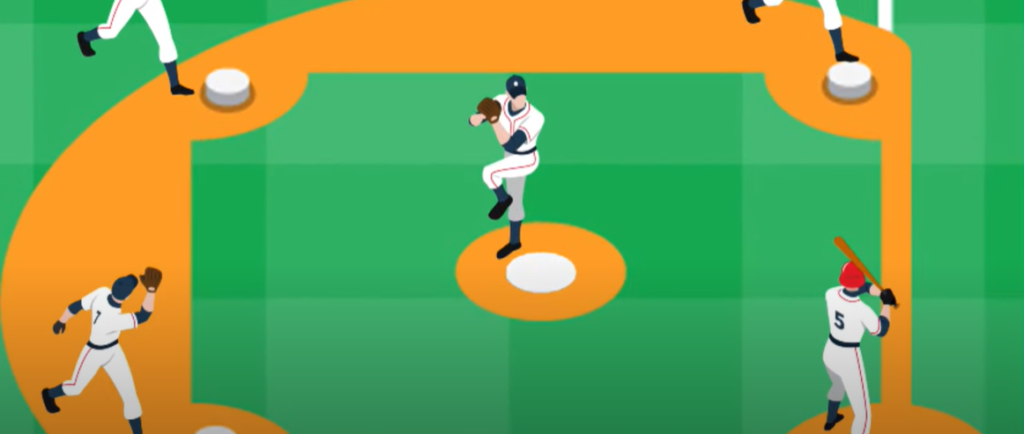
How To Improve MVR?
MVR, or Maximum Velocity Reached, is an important statistic for baseball players. Improving your MVR can help you become a better pitcher and increase your chances of success in the game. Here are some tips on how to improve your MVR:
- Work on Your Strength & Conditioning: Developing strength and conditioning through exercise will help you improve your muscle power and explosiveness needed for higher velocities. Focus on building up the core muscles that are responsible for generating power when throwing a ball.
- Improve Your Mechanics: Proper mechanics will help you to throw with less effort while at the same time increasing velocity. Make sure to focus on perfecting each step of your pitching motion, from windup to release.
- Use Technology: Technology has come a long way in helping athletes improve their performance. There are various products designed to help you measure and analyze your current MVR, providing insight into what’s working and where you can improve. Utilizing this technology can be incredibly helpful for improving your velocity over time.
- Practice Consistently: Nothing will help you more than consistent practice and repetition of your pitch motion. Dedicate yourself to regular practice sessions, including drills that focus on arm speed and accuracy as well as throwing exercises that target the correct muscles for higher velocities.
By following these tips and developing the right skills, you should be able to make a noticeable improvement in your MVR. With hard work and dedication, you can reach higher velocity levels and become a better pitcher. [6]
FAQ
What counts as a mound visit in MLB?
Under MLB rules, a mound visit occurs when any member of the coaching staff or other personnel from either team goes out onto the field to talk with a pitcher while he is still on the mound. Each manager is allowed a maximum of six mound visits during a nine-inning game, and no more than three in any extra innings period. After that, the umpire must give permission for additional visits. The time it takes for one visit is also counted as part of the total time limit imposed on each half-inning.
What does MVR stand for?
MVR stands for “mound visit record” and is used to indicate how many times a particular manager has visited their pitcher on the mound during the game. This number is recorded for each game and kept as part of the team’s overall statistics.
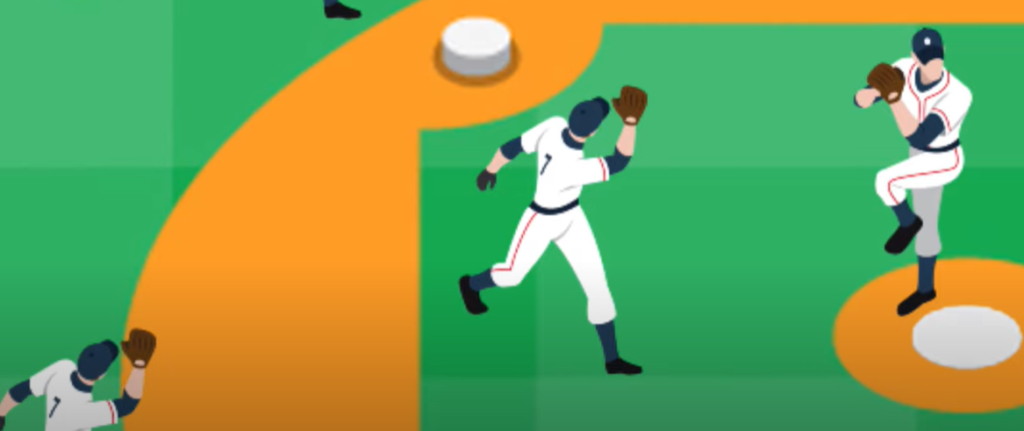
What other activities are considered mound visits?
In addition to direct conversations between the manager and pitcher, any other activity which takes place on or around the pitching mound is also considered a mound visit. This includes making physical adjustments to the pitcher or their equipment, evaluating a player’s injury, or even just consulting with the umpires. Any time any team personnel crosses onto the field it counts towards that team’s MVR.
Is there a limit to mound visits in MLB?
Yes, Major League Baseball imposes a limit on the number of mound visits allowed in any given game. Each team is allowed six mound visits over nine innings (or eight if an extra-inning game). If a pitcher leaves the game after fewer than six mound visits have been used, those remaining mound visits cannot be carried over into the next inning or game. After a team has exceeded its allotted number of visits to the mound for that particular game, each additional visit will be assessed with a warning from the umpire. Subsequent warnings can result in ejection from the game and possible suspensions for players or coaches. Mound visits are meant to give managers and pitching coaches opportunities to communicate with their pitchers, provide advice or instruction, call timeouts and make pitching changes.
What happens if you run out of mound visits?
If a team uses all of its allotted mound visits in a game and needs to communicate with the pitcher, the manager or coach must call for time before coming out to the mound. If this is done, no new visit will be charged against that team’s total. However, if any pitching change occurs after this timeout has been called, one visit will be charged against the team’s total. It is important to note that there are certain rules regarding when and how often a timeout can be called; managers should familiarize themselves with MLB guidelines beforehand in order to avoid unnecessary charges against their team’s allotted number of visits.
Can you make more than six mound visits?
Yes and no. As stated above, teams are allowed six mound visits per game, but they can make additional visits if certain criteria are met. Timeouts and pitching changes count as one mound visit each, so if either of these occur during the course of a game, that team’s allowed number of mound visits can be exceeded. However, any additional visits beyond the allotted six will result in warnings and possible ejections for managers or coaches. Additionally, MLB has imposed penalties for those who exceed their limit on intentional trips to the mound in an effort to disrupt or delay the game. It is important for teams to monitor their mound visit totals closely in order to stay within MLB’s rules and regulations.
Useful Video: How PitchCom Works
Conclusion
In conclusion, MVR stands for the Minimum Velo Requirement in Baseball. It is a rule that requires pitchers and catchers to throw or receive pitches at least 85 mph, depending on the professional level of play. This rule was implemented in order to ensure fairness and safety on the field by preventing players from having an unfair advantage with slower pitches. Although some may argue that this rule limits potential talent, it is vital for keeping the integrity of baseball intact. Ultimately, MVR helps protect players and makes sure that everyone playing the game is abiding by the same set of rules.
References:
- https://coachingkidz.com/what-is-mvr-in-baseball-a-detailed-guide-to-the-rule/
- https://thestadiumreviews.com/blogs/info/what-is-mvr-in-baseball/
- https://www.scottfujita.com/mvr-baseball/
- https://thechamplair.com/baseball/what-is-mvr/
- https://wezen-ball.com/what-is-mvr-in-baseball/
- https://www.woodbat.org/what-is-mvr-in-baseball/





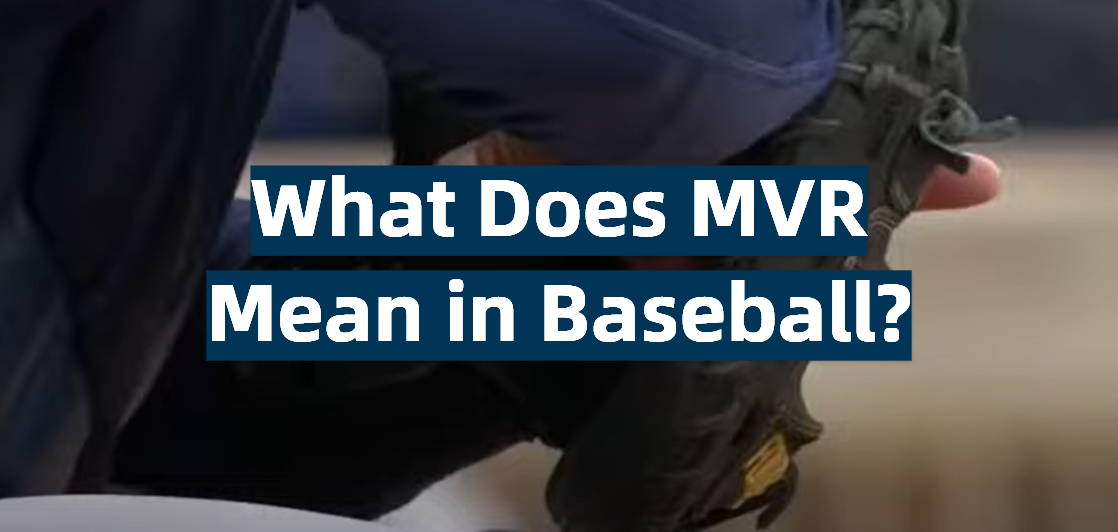
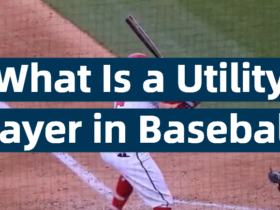
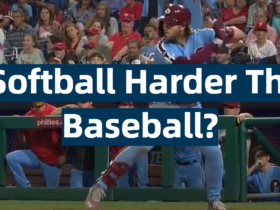
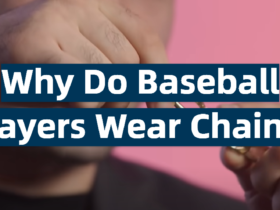
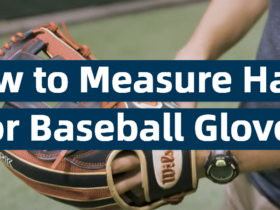
Leave a Review